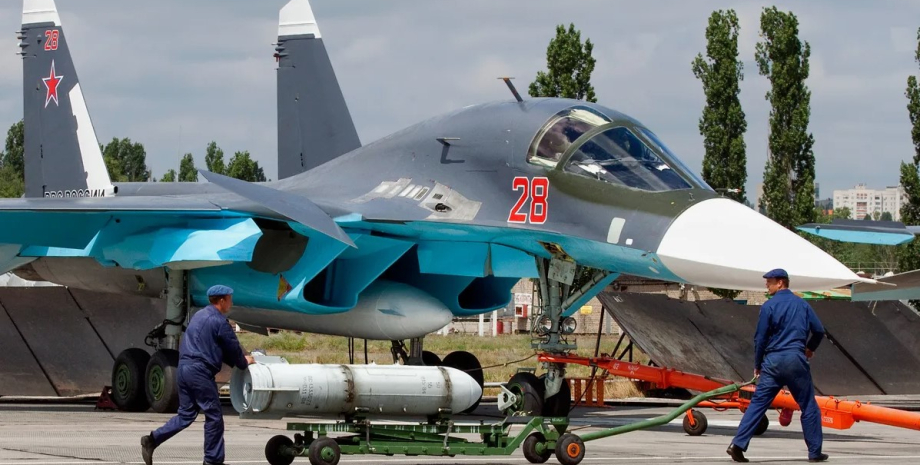
 By Natali Moss
By Natali Moss
In this regard, Vanguard analysts have considered the technical aspects of the use of this type of weapon, evaluated its effectiveness and analyzed that they could be pulled from the experience of the enemy for Ukrainian developments. The authors of the material write that weapons are always created taking into account specific strategic goals. Each type of weapon has its own limitations, advantages and disadvantages that are directly dependent on the concept of its use.
The strategy, in turn, determines the design of a weapon that is focused on specific tasks on the battlefield. It is in the context of these goals and conditions that we can evaluate the efficiency of weapons without tearing it out of the overall picture of hostilities. From the beginning of the full -scale war of the Armed Forces of the Russian Federation, time -tested methods for conducting offensive operations. It is a so -called infiltration tactic, which was used by German commanders.
It is aimed at creating concentrated attacks using artillery and a limited number of infantry units, and requires powerful means to suppress hostile positions. In the face of significant losses of the Artillery Arsenal, the enemy received the situation with the equation of artillery fire with the Ukrainian side. Therefore, the Armed Forces of the Russian Federation have decided to use the UMPC aircraft as a weapon of high power to effectively destroy the fortified positions of defense forces.
And the features of the concept of the UMPC, such as simplicity in manufacturing, low cost and high fire power, make it an attractive choice for mass use. "The Russian Federation has chosen the optimal way of fighting and a means of lesion that can be used as effectively within the existing strategy," analysts said. The UMPC has become widespread due to several key factors: analysts write that the issue of using similar solutions in Ukraine raises many discussions and doubts.
The amount of air park and the Armed Forces infrastructure cannot compete with Russian opportunities. And the Ukrainian army air defense and fighter aviation, despite their effectiveness, are unable to pose similar threats to Russian carriers of the UMPC. Therefore, combined with a powerful Russian air defense, it creates considerable difficulties for Ukrainian troops in the fight against this type of weapons.
The question of whether Ukraine should develop analogues of the UMPC has no clear answer. Although high -power high -power ammunition is needed, their development should be based on a deep analysis and a clear concept. Thus, in the case of Ukraine, attempts to reproduce this type of weapon should be based on the unique conditions and capabilities of the country, with focus to use existing forces and resources, and not on copying of someone else's experience.
The authors of the material believe that special attention should be paid to the development of the means of counteraction to the UMPC. However, Ukraine is now faced with limited resources to protect against such threats, and the availability of means to effectively counteract air strikes remains doubtful. At the same time, one of the possible decisions can be a blow to Russian defense industrial sites, which will significantly weaken the production of weapons, including airbags.










All rights reserved IN-Ukraine.info - 2022